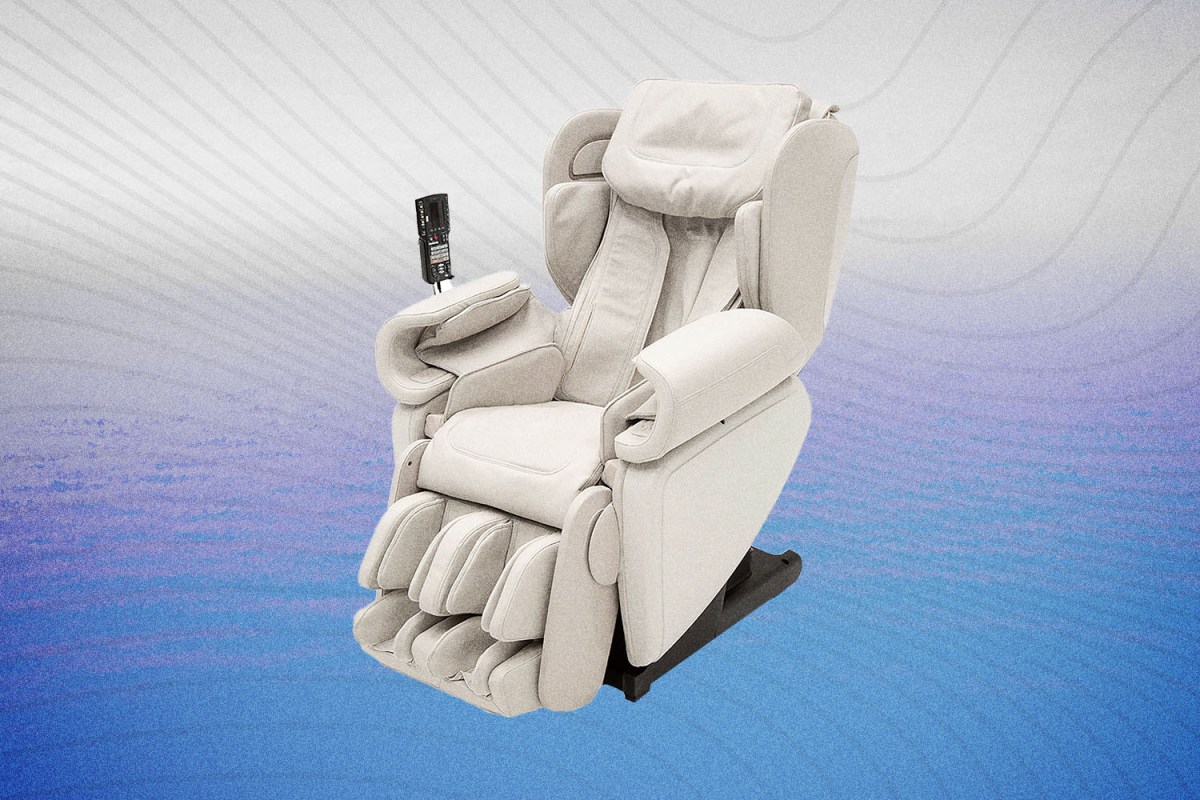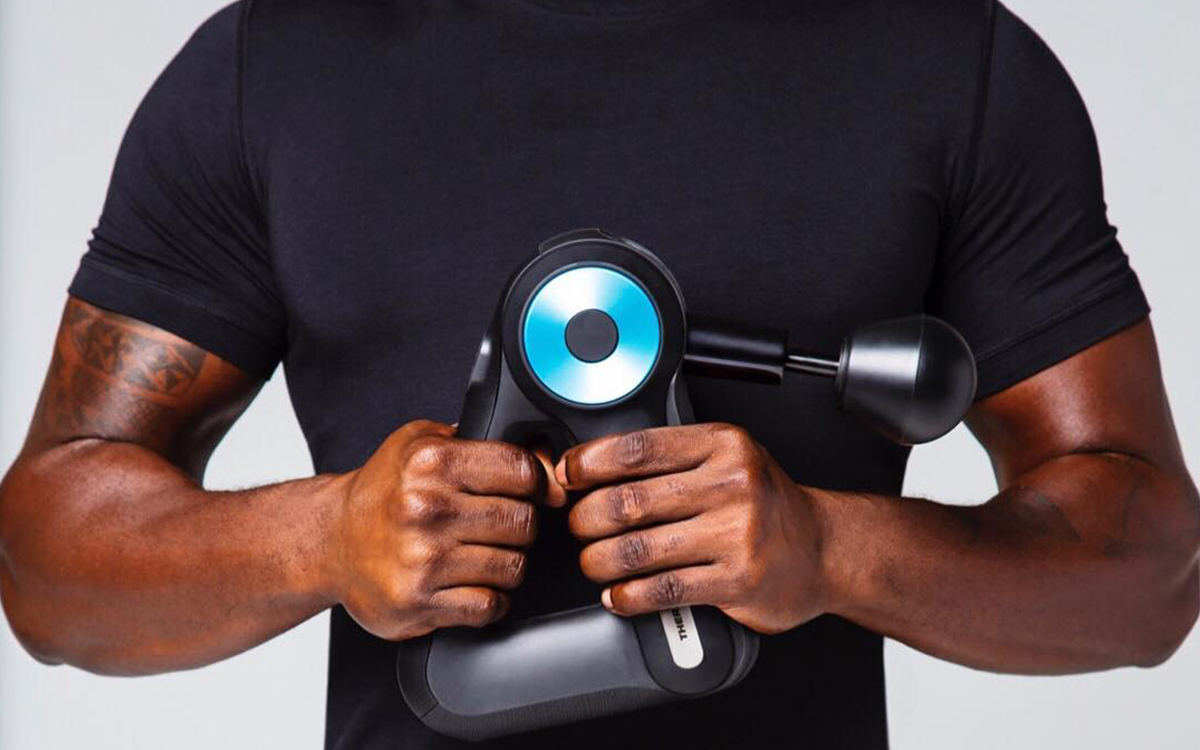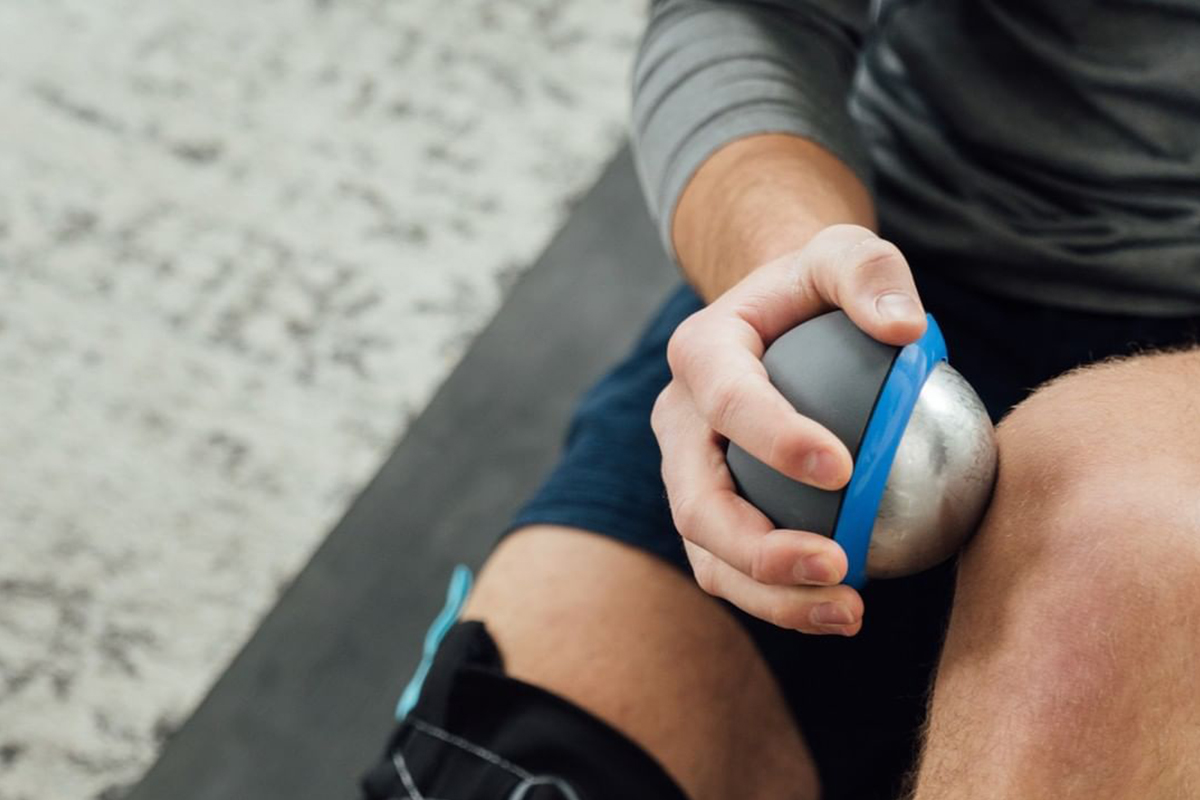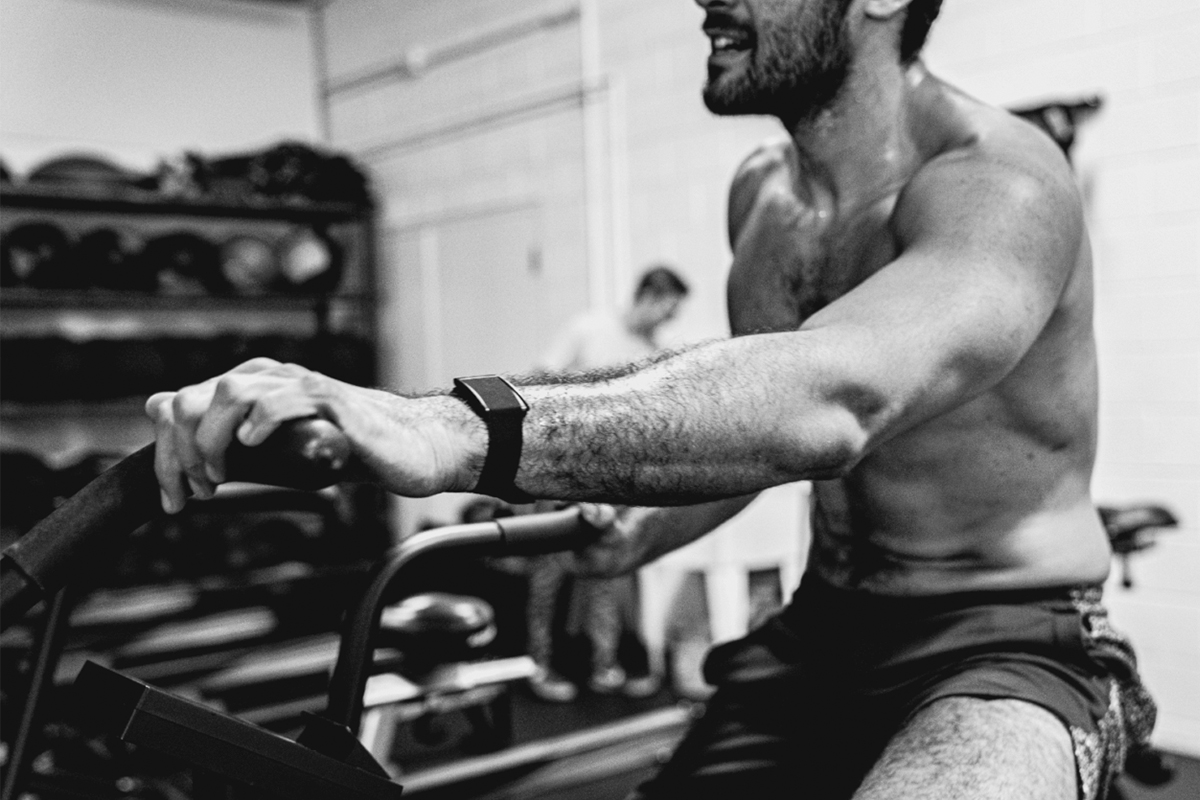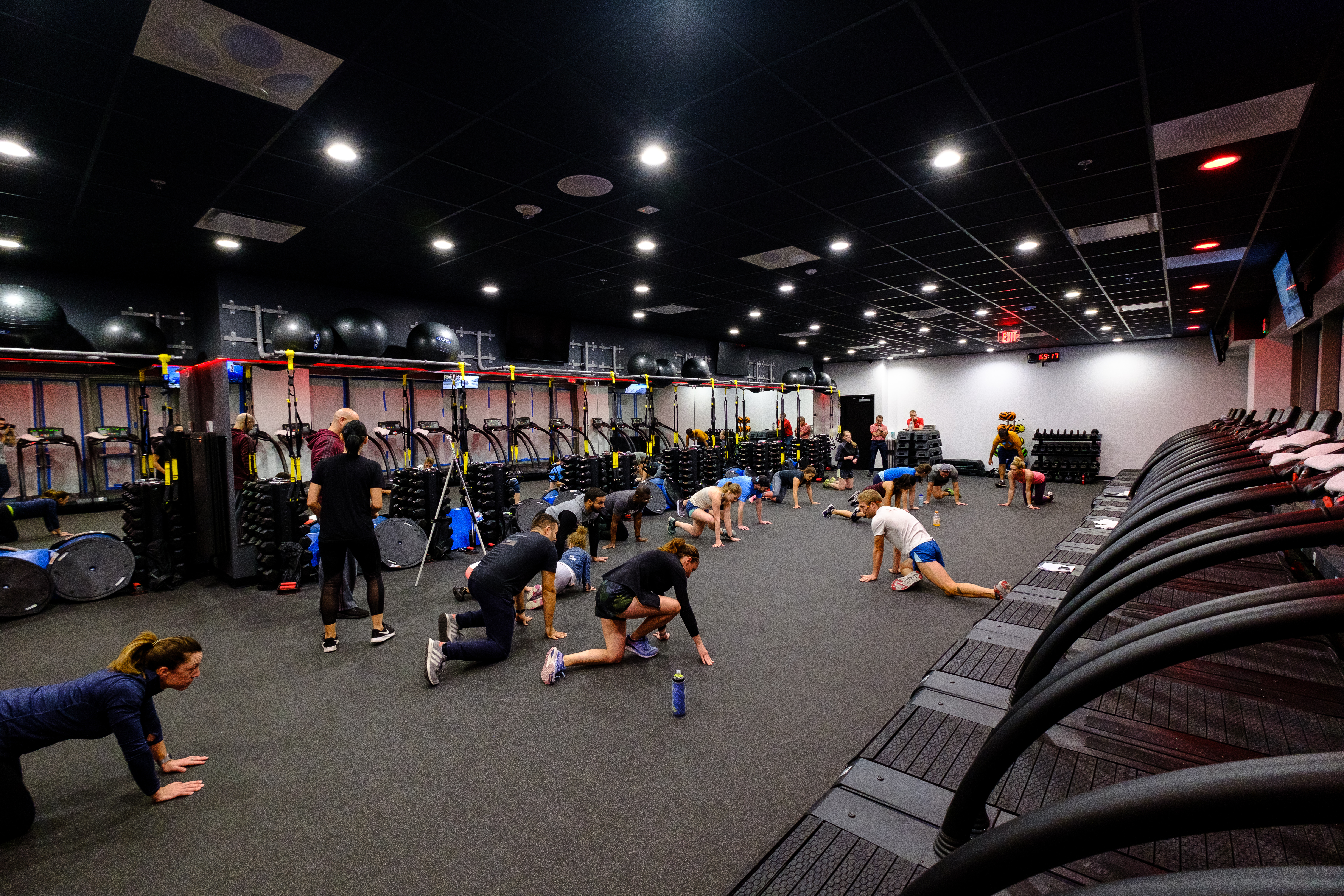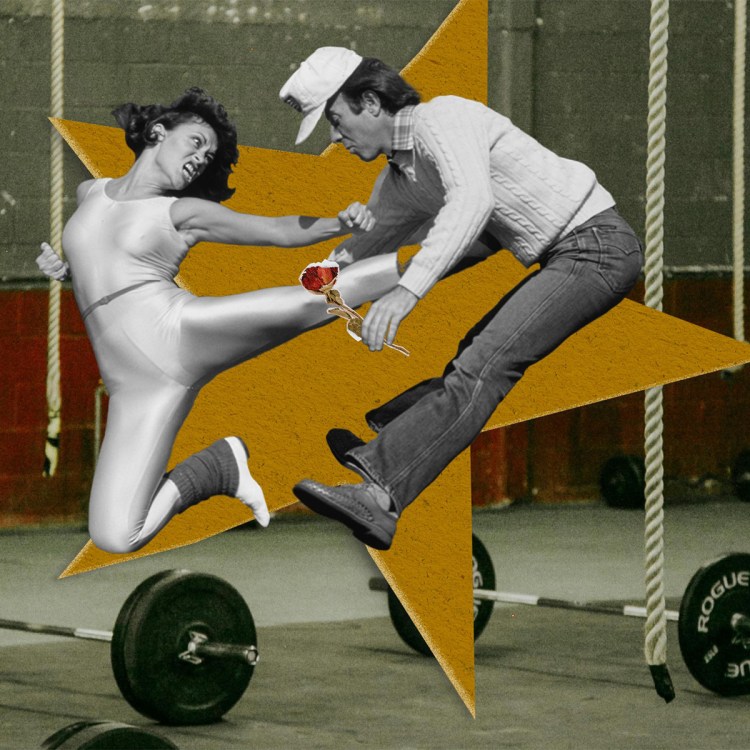There’s a scene in the 2011 romcom Crazy, Stupid, Love where Ryan Gosling and Emma Stone stay up all night learning about each other. Gosling’s character reveals that he inherited a ton of money and used it to outfit his bachelor pad with a load of high-priced crap, including a $5,000 massage chair, which he’s only used twice. He keeps it in the garage. Stone’s character gives it a try and offers a succinct review: “I hate it.”
You’re most likely familiar with this sort of chair — for much of the early 2000s, tech lifestyle brands like Brookstone liked to position the priciest versions just a few feet into the shop. The cheaper, everyman’s options could be found in a line next to the mall’s water fountain, $3 for 10 minutes. Massage chairs never quite sniffed the level of ubiquity seen in Japan (the product’s ancestral home), where a reported 20% of households still own one, but for a while, you could generally count on Phil Dunphy-esque dads to burn a chunk of the bonus and bring one home.
Looking back, though, it’s worth wondering: Were massage chairs potentially more useful than we gave them credit for? From a wellness perspective, were they even ahead of their time? Recovery tech represents the present and future of the fitness industry; over the last few years, a steady supply of biometric-tracking wearables and relief-giving gizmos have underscored a central point — if we’re going to ask a lot of our bodies, we owe them a little care in return.
The face of this revolution, arguably, has been a new, much-more-portable therapy device: the massage gun. Pro athletes love them (I saw Aaron Judge using one in the Yankees dugout in between at-bats the other day), but so do amateur athletes, casual hikers and old guys with back pain. There aren’t just two brands in town anymore, either. Beyond Hypervolt and Theragun, Amazon’s now got an easy seven pages of massage guns priced at $100 or less.
So, what of the the massage chair, then, the massage gun’s oversized grandpa? In the recovery fitness era, do those clunky thrones deserve another look? Well, it depends. According to the minds at FHYSIO, a leading sports massage school in Singapore, massage chairs and massage guns aren’t an easy, one-to-one comparison. While massage guns deliver quick-fire oscillations meant to stimulate blood flow, chairs “use either a roller or a pressure mechanism to press onto the muscles, delivering the kneading effect.” This is intended to “remove metabolic waste and reduce muscle swelling.”
Both processes aid in the cellular transmission of nutrients throughout the body, but it’s telling that use of massage guns is also encouraged before (or during, in the case of Judge) physical activity. They stimulate the muscles. Massage chairs, meanwhile, aim to relax them. Nurudeen Tijani, a personal trainer and member of the American Chronic Pain Association, compares their treatment to a Swedish massage: “They provide general relaxation for the body … people involved in light exercise can benefit from an old-fashioned massage chair.”
The science on massage chairs is a bit spare. There are some studies out there which cite their ability to limit lumbar fatigue, but that doesn’t necessarily mean they should be a go-to tool for triathletes. After all, over 80% of Americans suffer from back pain at some point in their lives. And while massage chairs do soothe muscles and offer relief, they can only reach certain muscles — those along the dorsal portion of the body. With a massage gun, you’re in control. You can target specific areas (known as “hot spots”) and give them the special attention they deserve.
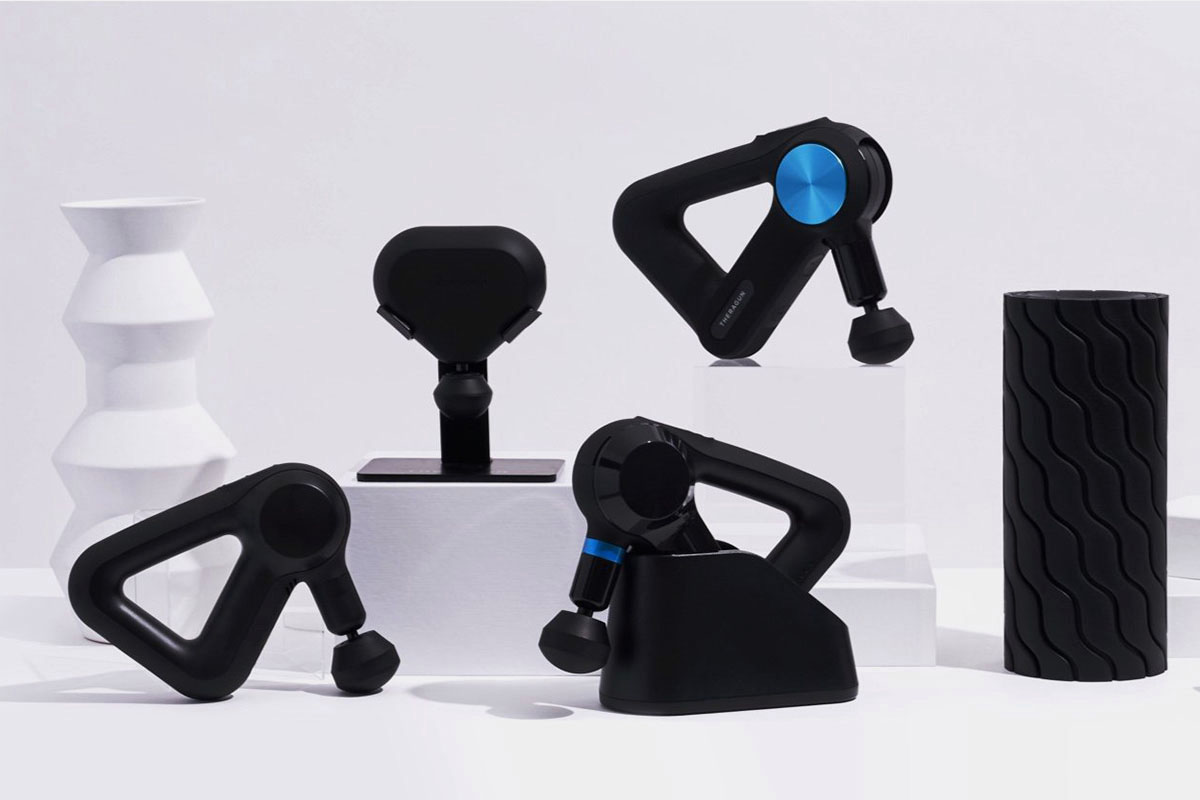
Jordan Duncan, a Seattle-based chiropractor, doesn’t mind massage chairs as a post-workout option. He points out: “They shift us to a calmer state by activating the parasympathetic nervous system. This helps lower our heart rate, calm our mind and relax our body.” From this perspective, though, massage chairs are more about relaxation than rehabilitation. And that tracks: it’s pretty much how we were accustomed to using them anyway. That’s what people are after when they sink into a massage chair — a bit of ooh-and-aah escapism. Anything else that happens for the body is a bonus.
Does that justify the thousands you would need to shell out to bring a reliable model into your home? Well, no. (Unless you’re the IRL version of Gosling’s bachelor.) Your money is better spent visiting a real massage therapist who can offer both the sense of calm you crave and the recovery fitness your body needs. As opposed to a robot haphazardly humming against your calves, a massage therapist can actually hunt problem areas throughout your body and use a hand or elbow to knead out the knots.
Brittany Herzberg, a massage therapist who owns a studio in Vermont, is an expert at that process, and deeply skeptical of mechanical stand-ins — including massage guns. She says: “On my massage table, bodies are 100% passive. They’re putting in zero effort. [But] whenever I use a massage chair or massage gun myself, I tend to notice my body tensing at certain points … holding, clenching, fighting.” In other words, when our muscles feel a foreign sensation (even those we think we like), it’s natural for them to tense up. And the whole affair can become self-defeating.
That’s not to say massage guns are overhyped (although many massage therapists I connected with seem more interested in teaching their clients how to wield a simple lacrosse ball); just that it’s easy to use them incorrectly. You have to be honest with yourself and apply their percussions to spots that are actually in pain. And when you’re there, you need to keep your muscles long and loose.
Recovery fitness, like traditional fitness, involves a healthy degree of trial and error. It’s personal. There are routines that work and those that don’t. It’s your job to listen the messages your body sends you. In the case of massage chairs, however, this is one message you can skip entirely. Are they calming after a day spent on one’s feet? Sure. But so is a cup of tea, or a good book. Their food-court majesty won’t soon be forgotten, but the massage chair’s legacy should be that of an expensive oddity beloved by upper-middle-class dads the word over, not a legitimate fitness tool that can aid in muscle recovery after a strenuous workout.
The Charge will help you move better, think clearer and stay in the game longer. Subscribe to our wellness newsletter today.
